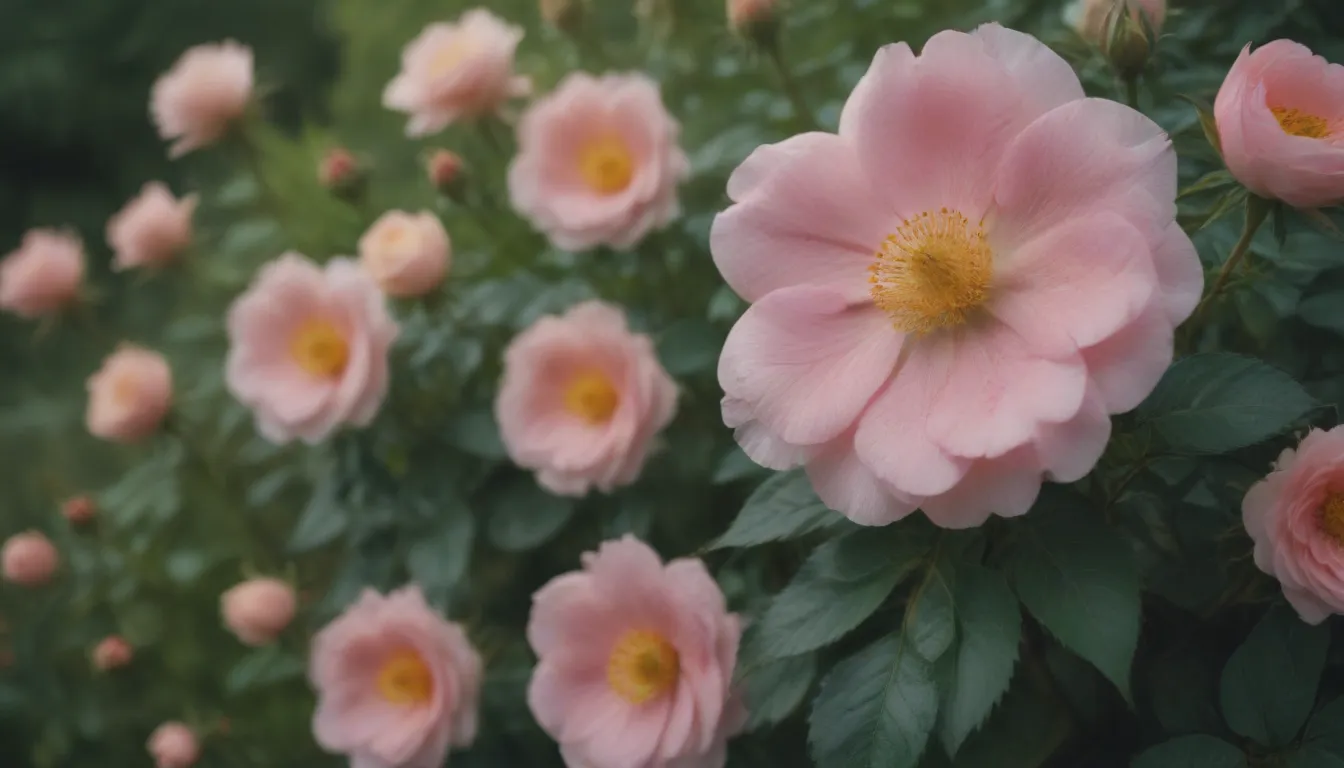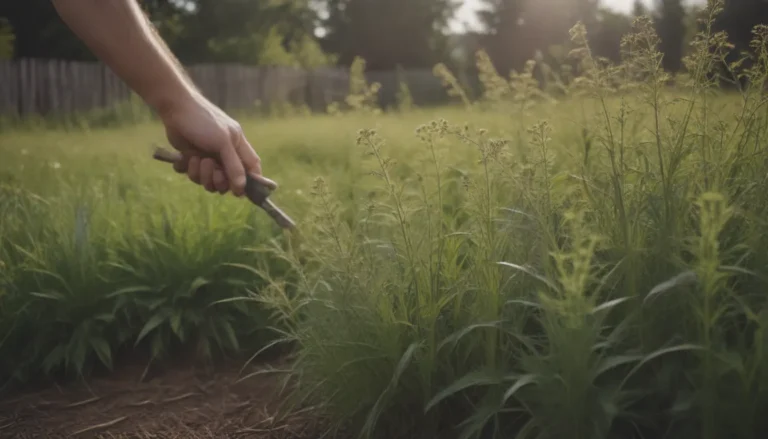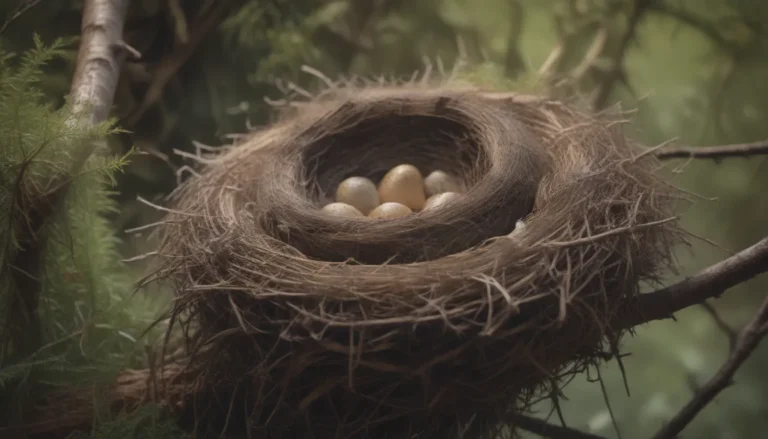The Ultimate Guide to Growing and Caring for Dog Roses

If you’re looking to add a touch of natural beauty to your garden, dog roses (Rosa canina) are an excellent choice. These hardy wild rose species are known for their showy flowers and attractive rose hips, making them a popular option for many gardeners. In this comprehensive guide, we’ll walk you through everything you need to know to successfully grow and care for dog roses in your own backyard. From planting and pruning to propagation and common pests, we’ve got you covered. Let’s dive in!
Dog Rose Overview
Dog roses are deciduous shrubs that produce many arching stems covered in small thorns, with toothed medium green leaves. Showy flowers bloom in late spring, followed by red-orange rose hips that are a favorite among wildlife. These versatile shrubs can be trained to climb up support structures, used as hedges for privacy screens, or stand alone as striking specimens in your garden. Dog roses have a fast growth rate and a long lifespan, but be aware that they are considered invasive in some areas, so always check local regulations before planting.
Dog Rose Care Tips
When it comes to caring for dog roses, there are a few key steps to keep in mind to ensure your shrubs thrive:
- Planting: Choose a sunny spot with well-drained soil for your dog rose shrub. Loosen the soil and mix in compost before planting. Space multiple shrubs 6 to 15 feet apart.
- Watering: Dog roses prefer consistently moist soil, so water deeply whenever the soil feels dry to the touch. Avoid wetting the foliage to prevent diseases.
- Light: Plant your dog roses in full sun for optimal growth and flowering, although they can tolerate some light shade.
- Soil: Dog roses can adapt to various soil types but prefer well-draining soil with a neutral pH.
- Fertilizing: Use a balanced, slow-release fertilizer in the spring to help your dog roses grow and flower at their best.
Warning:
Dog roses are listed as an invasive species in certain regions, including West Virginia and New Jersey. Be sure to check local regulations before planting.
Types of Dog Roses
There are several varieties of dog roses to choose from, each with its own unique characteristics and qualities:
- Rosa canina ‘Assisiensis’
- Rosa canina var. lutetiana
- Rosa canina var. frondosa
Pruning and Propagating Dog Roses
Pruning your dog rose shrub is minimal, as it naturally forms an attractive shape. However, if you need to tidy up overgrown stems, late fall or early spring is the best time to prune. Remember that dog roses flower on the previous year’s stems, so avoid excessive pruning that may impact blooming.
If you’re interested in propagating your dog roses, stem cuttings in the fall are an effective way to clone your favorite varieties for future planting.
Growing Dog Roses From Seed
To grow dog roses from seed, you’ll need to follow a stratification process that simulates winter temperatures to encourage germination. Start this process at the beginning of your winter months for the best results.
Container Growth and Overwintering
If you prefer to grow dog roses in containers, choose a pot with drainage holes and well-draining potting mix. Container plants may require more frequent watering and occasional repotting, especially if roots become crowded. In colder climates, consider bringing potted rose plants indoors for winter protection.
Common Pests and Diseases
Like any plant, dog roses are susceptible to pests and diseases. Keep an eye out for common garden pests such as aphids and spider mites, and treat with appropriate insecticides as needed. Fungal diseases like powdery mildew and downy mildew can also affect dog roses, so be vigilant in removing affected foliage and applying fungicides when necessary.
Troubleshooting Common Problems
If you encounter issues with your dog rose shrub, such as yellowing leaves or leaf drop, review your watering practices and ensure proper soil drainage and air circulation around your plants. Addressing these factors can help maintain the health and vitality of your dog roses.
Final Thoughts
Dog roses are a beautiful addition to any garden, offering vibrant flowers and attractive rose hips that appeal to both humans and wildlife. By following the tips and guidelines outlined in this guide, you’ll be well-equipped to grow and care for dog roses successfully in your outdoor space. Whether you’re a seasoned gardener or a beginner, dog roses are a rewarding plant to cultivate and enjoy year after year. Happy gardening!





